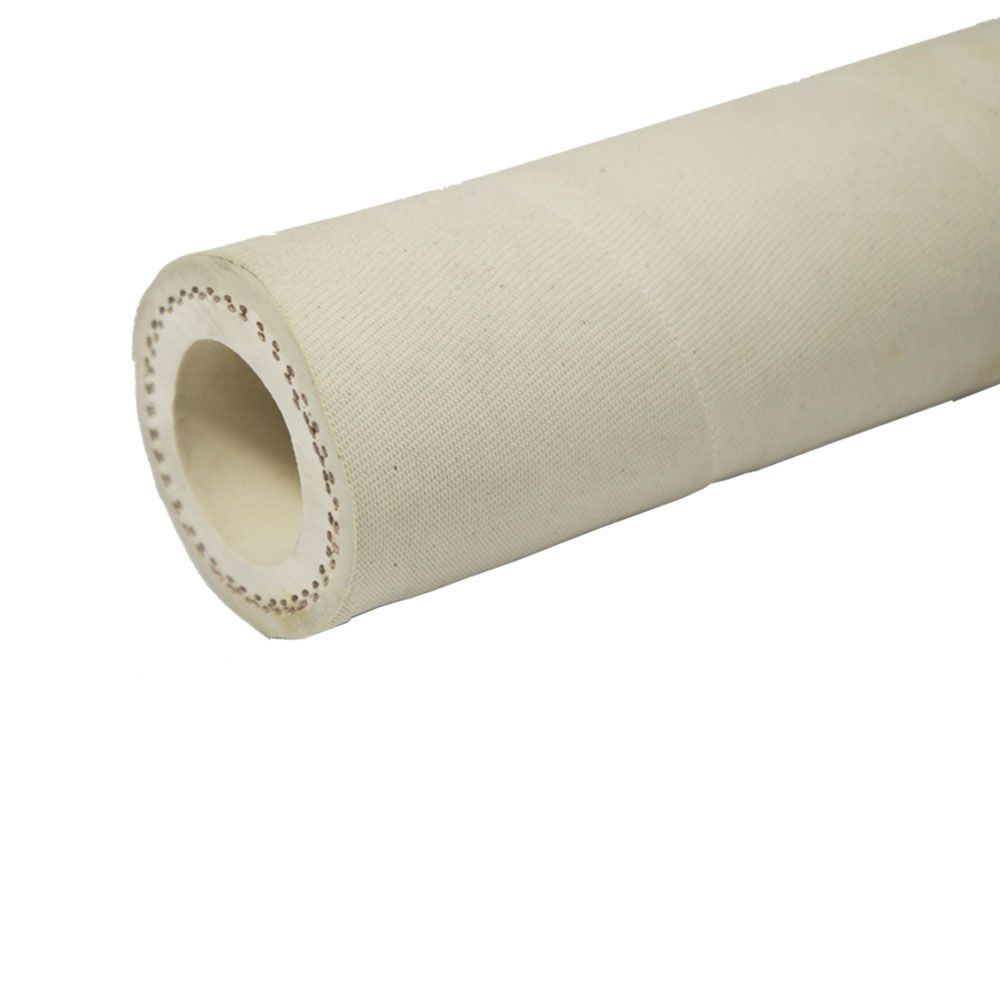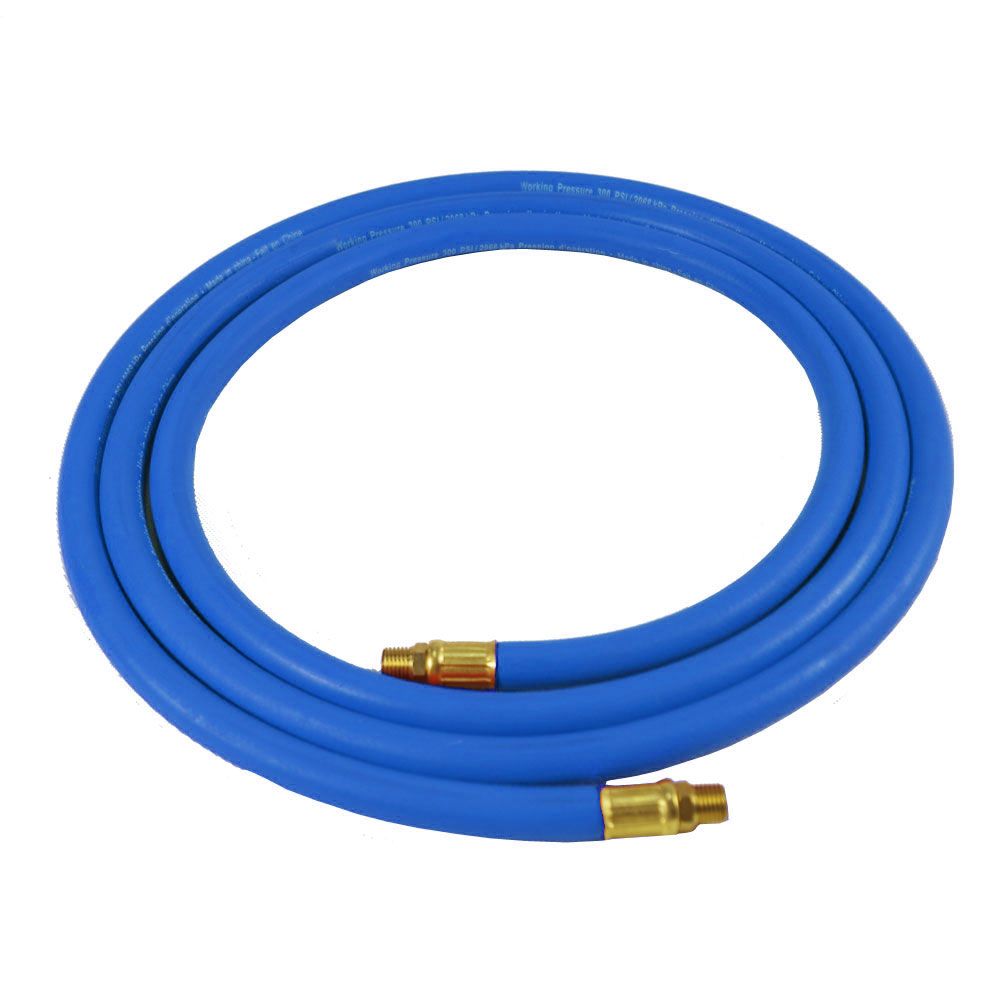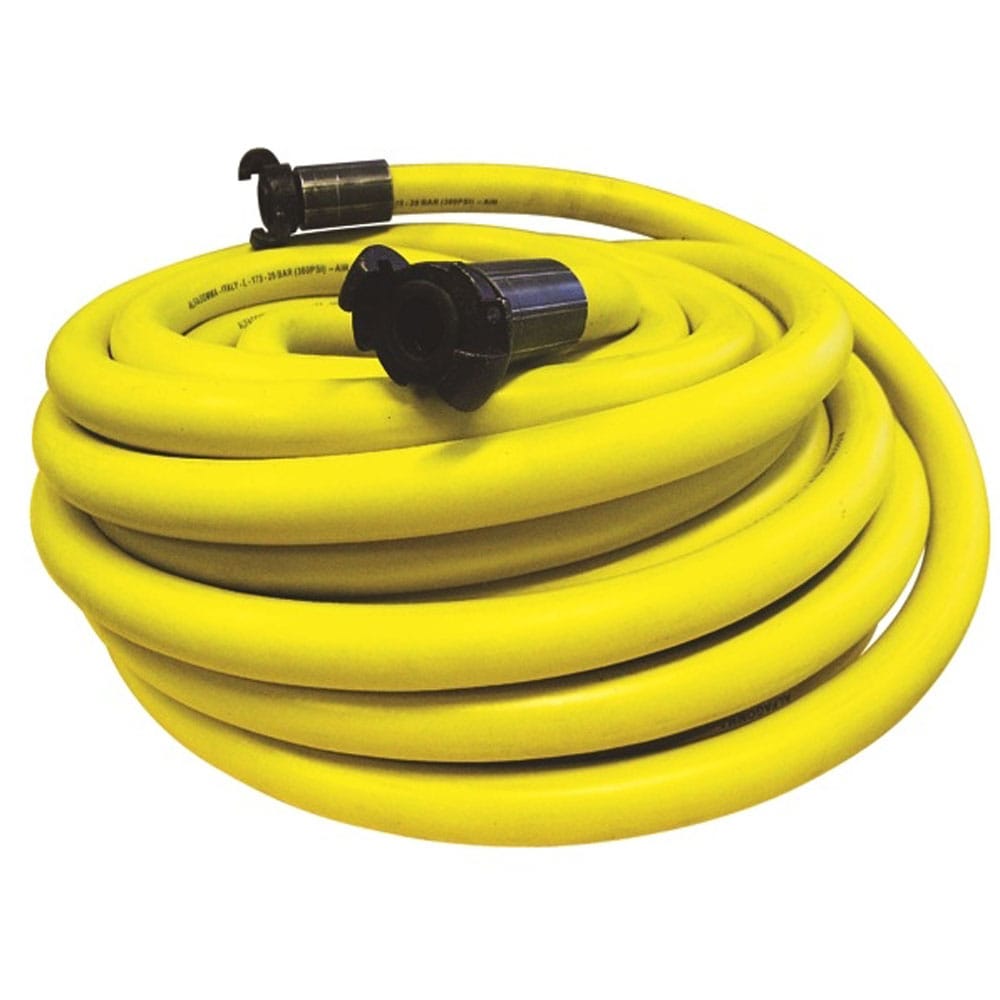How to select the hose assembly
Hose size
The inner diameter of the hose must be appropriate. If the diameter of the hose is too small, it will increase the flow rate of the medium in the pipeline, which will cause the system to generate heat and reduce efficiency. When passing spacers such as steel plates, pay attention to the outer diameter of the hose.
Working pressure
The dynamic pressure of the general hose refers to the highest pressure allowed by the hose during continuous operation. According to the safety coefficient of hydraulic hoses specified in relevant international standards, the generally recommended working pressure is usually a quarter of the minimum burst pressure of the hose.
Impact pressure and fatigue life
The choice of rubber hose is determined based on the highest pressure value of the hydraulic system design. Because the pressure value of the hydraulic system is usually dynamic, and sometimes there is an impact pressure, the peak value of the impact pressure will be much higher than the maximum pressure value of the system. However, there are generally relief valves on the system, so the impact pressure will not seriously affect the fatigue life of the hose. For hydraulic systems with particularly frequent shock pressures, it is recommended to use hose products that are particularly resistant to pulsation.
temperature range
The user should use the hose within the temperature range allowed by the hose quality specification. If the working environment temperature exceeds this range, the life of the hose will be affected, and its pressure capacity will be greatly reduced. For systems where the ambient temperature is too high or too low for a long period of time, hose sheathing is recommended.
Chemical compatibility
If special hydraulic medium is used, the user should ensure that the hose assembly used is compatible with the medium, its inner and outer layers, joints and O-rings.
Bend radius
Bend radius
Bend radius
Meaning: As shown on the right, R is the (minimum) radius of the inner circle that the hose can bend without damaging or shortening the service life.
For a hose, the R value is constant. If the bending radius is less than the R value during use, the hose with the textile reinforcement layer is likely to be kinked. It is better to use a hose with a spiral wire.
Blog
Sheets and rubber materials include butadiene rubber,EPDM rubber sheet,and natural rubber are bullish in the short term,but with the decline in crude o…
Simply speaking, the main factors in choosing the form are system pressure, pressure fluctuations, oil flow rate, temperature, oil and environmental co…
First of all, in August of this year, the quality inspection department suggested that during the routine maintenance of the vehicle, the owner should …
1. The hose can only be used to convey the designed medium. 2. It is strictly forbidden to use the hose over the design working pressure. 3. The temper…
Hot Products
For general clean-up and hot water washdown service in dairies, meat packing houses, creameries, food processing bottling plants.
Rubber Oxygen / Acetylene Hose 300 P
Designed for welding, cutting and allied processes.
Mainly used for conveying of air, inert gas and water in mining, construction, engineering, shipbuilding, steel production etc.


